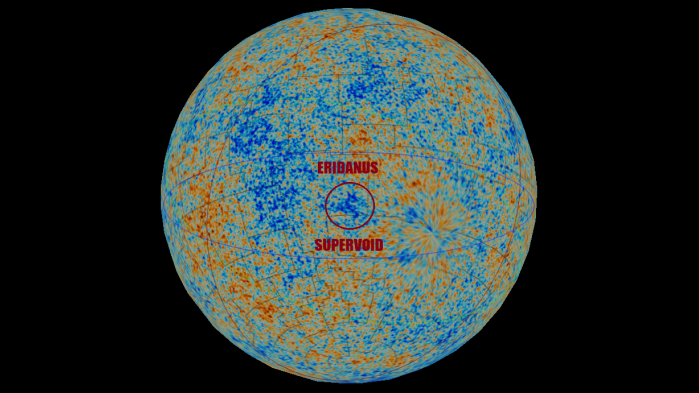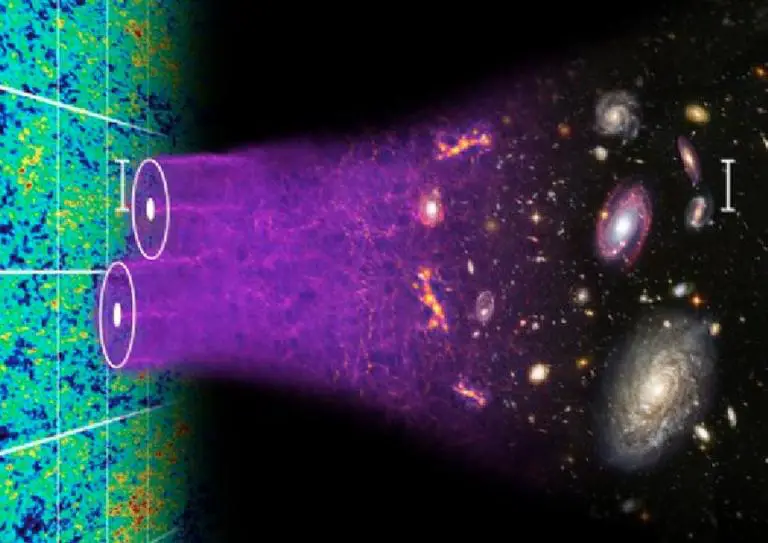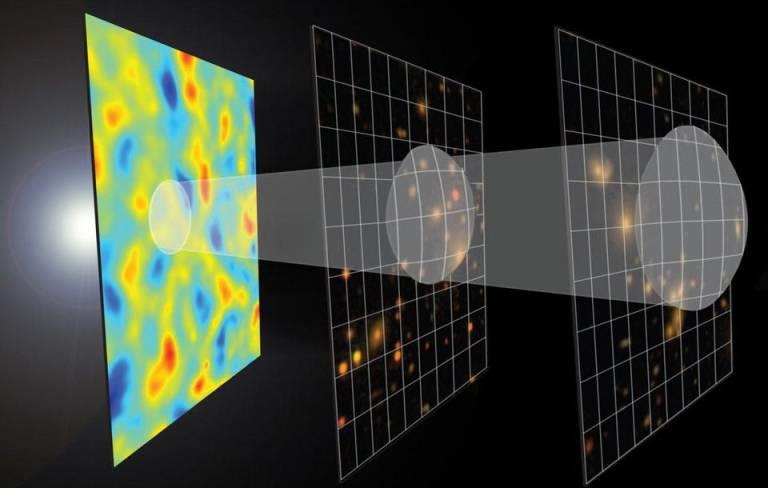Our Universe is Normal! Its Biggest Anomaly, the CMB Cold Spot, is Now Explained.

The universe is an incredibly complex place, and scientists have spent countless hours trying to uncover its mysteries. One of the biggest anomalies in the universe is the CMB cold spot, which has puzzled astronomers for years. However, a recent study has shed new light on this phenomenon, and it’s now been explained.
There are 6 Billion Earth-Like Planets in the Milky Way Galaxy Alone, Astronomers Find
Astronomers Capture A Cosmic Hand Hitting a Wall at the Speed of 9 Million MPH
Astronomers discover first ever exoplanet outside of our Milky Way
Earth has unexpectedly started spinning faster now than it was 50 years ago, scientists warn
What is the CMB cold spot?
The cosmic microwave background (CMB) is the afterglow of the Big Bang. It is a faint, uniform glow that fills the entire universe.

However, in 2004, astronomers observed a peculiar cold spot in the CMB radiation. This cold spot is an area of the universe that is colder than its surroundings, and it has been a cause for concern among astronomers.
What were the previous explanations for the CMB cold spot?
Scientists have been trying to explain the CMB cold spot for years. Some early theories suggested that it may be caused by a supervoid, which is a region of the universe with a low density of matter. However, subsequent studies found that the supervoid theory could not explain the entire cold spot.

Another theory suggested that the cold spot could be the result of a statistical fluke, which occurs when random variations in the CMB radiation align in such a way that they create the appearance of a cold spot. While this theory is plausible, it does not provide a satisfactory explanation for the cold spot.
The new research on the CMB cold spot
Recently, scientists from the University of British Columbia in Canada have published a new study, which sheds new light on the CMB cold spot. According to their research, the cold spot is a result of the movement of our galaxy through the universe.
The researchers used the Planck satellite, which is a European Space Agency mission designed to study the CMB radiation. They analyzed the CMB radiation data within the cold spot region and discovered that the cold spot is aligned with the direction in which our galaxy is moving.

How does the movement of our galaxy affect the CMB cold spot?
The movement of our galaxy through the universe creates a Doppler effect, which causes a shift in the frequency of the CMB radiation. As a result, the CMB radiation in the direction of our galaxy’s movement appears hotter, while the opposite direction appears colder.
The new research suggests that the CMB cold spot is simply the result of our galaxy’s motion through the universe. The cold spot is not a statistical fluke or the result of a supervoid, but rather a natural consequence of our galaxy’s movement through the CMB radiation.
The implications of this research
The new research on the CMB cold spot has significant implications for our understanding of the universe. It provides a more complete picture of how the universe behaves and will help us to refine our theories about the origins and evolution of the universe.
Moreover, the study demonstrates the incredible precision of modern scientific instruments and the power of mathematical modeling to help us understand even the most complex phenomena in the universe.

Conclusion
In conclusion, the CMB cold spot has been a long-standing anomaly in the universe, but the recent study by scientists from the University of British Columbia has provided a satisfactory explanation.

The cold spot is simply a natural consequence of the movement of our galaxy through the universe, and it is not the result of a supervoid or a statistical fluke. This research not only provides a better understanding of the universe but also showcases the power of modern scientific instruments and mathematical modeling to help us uncover the secrets of the universe.
Reference(s):

